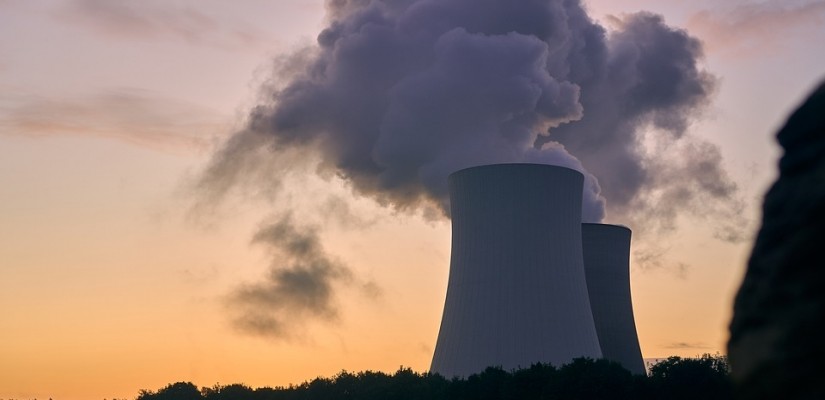China’s nuclear power industry has grown dramatically since the country developed its first reactor in the 1980s. As of Fall 2019, China has 45 reactors producing power, with roughly a dozen under construction. Only the U.S. and France have more operating reactors, but China is projected to overtake France in two years. The Chinese government placed a moratorium on new reactor construction for a time as a result of the fear surrounding the 2011 Fukushima crisis in Japan, but new construction has recommenced at three sites since July 2019. China also harbors ambitions for international expansion, as its companies seek contracts to construct reactors abroad, beyond past forays in Pakistan. In addition to sheer scale, Chinese firms are racing their counterparts in the U.S. and Russia to develop commercially competitive versions of small modular reactors (SMRs), a new technology that makes nuclear power more exportable and economically feasible. While China’s nuclear expansion faces significant domestic and international hurdles, the country’s choices and developments in the years ahead will lead to wide-ranging and significant effects on international business, domestic and international safety and security, and the fight against climate change.
China’s nuclear industry aims to expand exports to a number of countries in the years ahead, including Romania, Saudi Arabia, and Argentina. China’s current nuclear reactor models, such as the Generation III reactor named Hualong One (HPR-1000), offer relatively inexpensive options for international customers. One area in which Chinese companies may surpass international competitors is the production of inexpensive SMR technology. Such modular reactors are relatively small and cheap: one would fit inside a house and cost roughly $800 million to $3 billion. They could also be expanded after the initial construction. In contrast, traditional nuclear reactors cost roughly $11 billion to construct. If Chinese firms such as the state-owned China National Nuclear Corporation (CNNC) win the race against counterparts in the U.S. and Russia to produce inexpensive SMR reactors, then China may take the lead in the production of such models and in the regulation of their use.
The development of the Chinese nuclear industry does not come without risk and will pose significant safety and security challenges for a multitude of state actors. Domestically, the planned rapid expansion of nuclear power capabilities over the next decade may place undue strain on domestic regulatory bodies, increasing the potential for safety risks. The majority of China’s current and planned reactors are located in coastal provinces with comparatively dense populations. Internationally, Chinese plans to export nuclear reactor technologies to many countries increase the chances of a new state or non-state actor using the technology to develop nuclear weapons, which would lead to risks for international security. Lastly, if Chinese actors are able to write the rules surrounding new SMR technologies, this may exert strong influence over future related regulatory frameworks. This could in turn allow China to exert significant influence over the future development and deployment of nuclear technologies.

Lastly, while China’s nuclear industry has grown substantially in recent years, continuing growth is not guaranteed. Given that China produces a significant share of the earth’s CO2 emissions, the government has taken numerous actions to promote green energy technologies, such as nuclear, wind, and solar power. Coal currently accounts for 60% of the country’s energy consumption, but the government aims to shift away from a reliance on coal in the future. While nuclear power may have originally been one of the most cost-effective green power sources available, that may not be the case in the years ahead. Wind and solar power costs have decreased significantly in the past few years, and this trend may continue. The government’s next five-year plan, which will cover 2021-2025, could decrease emphasis on and financial support for the domestic nuclear industry, which many view as too costly and as a risk to public safety.
Moving forward, developments in the nuclear industry are likely to make a global impact. Depending on numerous factors, including the affordability of other green energy sources, the nuclear industry may account for a significantly different proportion of international energy output in the years ahead. If a country − such as China − develops affordable modular SMR technologies, this may lead to significant changes in the feasibility of nuclear power as a green energy source. Developments in China over the next few years could lead to a multitude of significant secondary effects in other countries.
